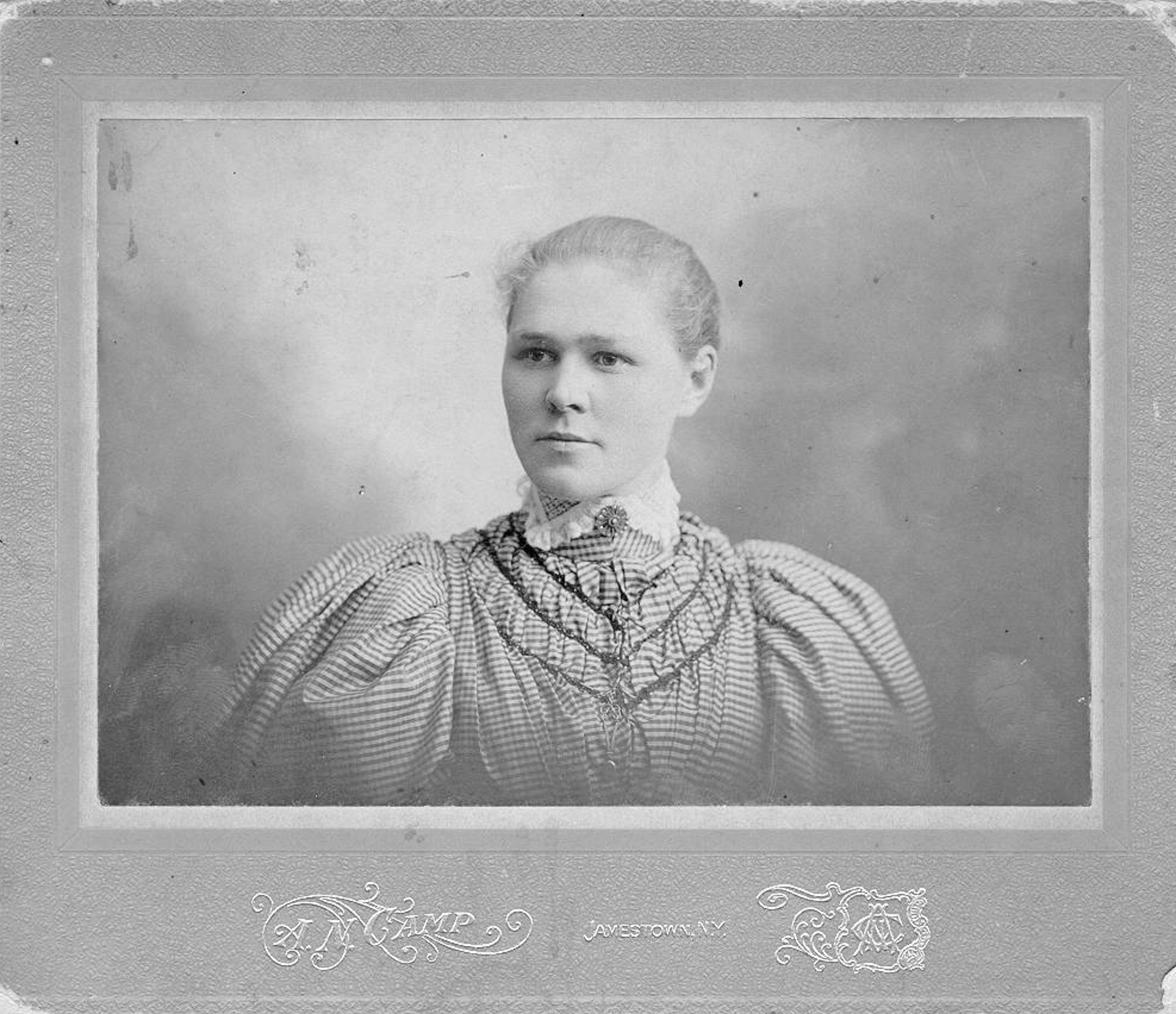
My father, an early adopter of nearly everything, took on a project to digitize a collection of historical family photos that had accumulated over many generations and that were now in his possession. It was the early years of digital photography when scanning technology was barely up to the task, and computer image file formats were crude by today’s standards.
Nevertheless, he forged ahead and built a repository of over 700 scanned photographs dating back to the 1800s. He recognized a weakness in the collection—there was no context, no annotations, no identifications of the people portrayed. Old photographs lose their value when this information, originally held in the memories of those who were around at the time, is not recorded.
My father knew this and wanted to somehow attach the information about the photo, in the scan of the photo. I know this, because he asked me (an imaging scientist) about how to do it. Unfortunately, at the time, there was no standardized way to embed such “metadata” within existing image file formats. He was a man ahead of his time.
I advised him to record the information in a way that it could be correlated with the scans. I also recommended that he NOT discard the originals, as I suspected that scanning technology would continue to improve beyond the digital samplings he could make at the time.
Well, twenty years later, his unfinished project has come back to me. The prediction about scanning technology was not hard to make—today his scans would be considered low resolution thumbnails: we now have scanners that can record in exquisite detail, and image files routinely embed enormous amounts of metadata. There is no longer any constraint on making the digital images my father envisioned.
The original photos still exist in my brother’s care. They can be scanned again with modern methods. But my dad is no longer around to help identify the people in them. Perhaps he took my advice to write it down, but we have not found any such annotations. In their absence, I decided to provide as much as I could recall, so as to have at least the hazy recollections of a child who had encountered some of the relatives in the photos.
I reviewed my dad’s scans and identified the low hanging fruit—my immediate family, grandparents, aunts, uncles and cousins. As I did this, I encountered pictures of people I did not recognize, but who were also found in many other pictures. Eventually I found them posing with people I did know and figured out that these were great-grandparents, one of whom I recall as a child—my grandfather’s mother, Anna.
Anna had warm inviting eyes and a beautiful dimple on her cheek. My memory includes a strange accent, but I am told that although she was quite talkative, she had none. As I perused the photographs of her going back from her role as my great-grandmother to being my dad’s grandma, to my grandfather’s mom, to my great-grandfather’s wife, I could easily see his attraction to the next-door farmer’s daughter. It was a wonderful time-trip, and I’d love to know more about this pioneering woman.
Alas, all that knew her personally are now gone, with the exception of one, my uncle, her grandson, my dad’s youngest brother. I intend to interview him about her, and the other mystery photos in the collection. Maybe I can extend the photo annotations to another generation!
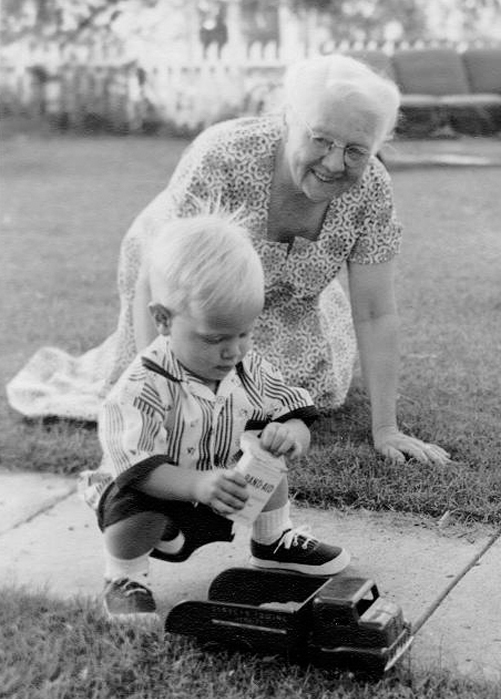
with my brother Eric
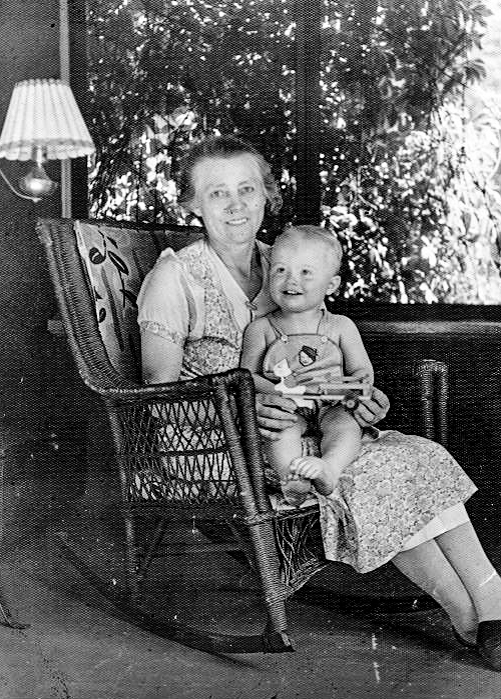
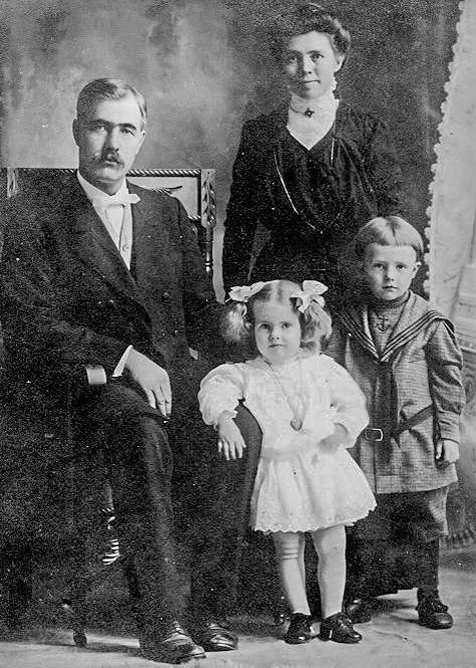
and his sister Marie
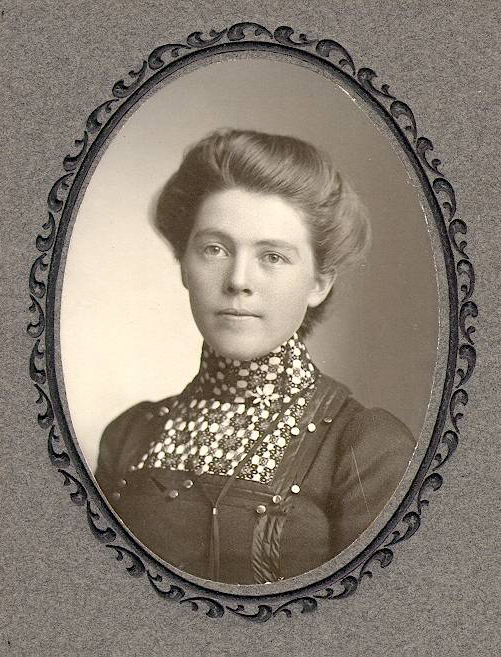
daughter next door.


Pingback: Science or Sentiment, Generalized | Thor's Life-Notes